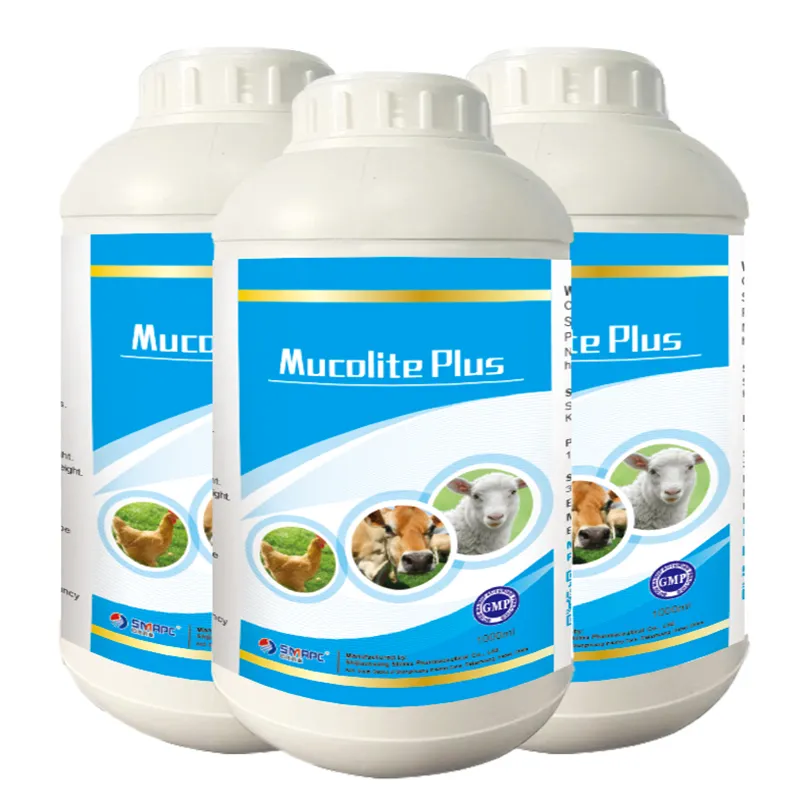1. Convenience One of the most significant advantages of all-in-one worming tablets is their ease of use. Instead of purchasing separate medications for each type of worm, pet owners can simply administer one tablet that covers a wide range of parasites.





